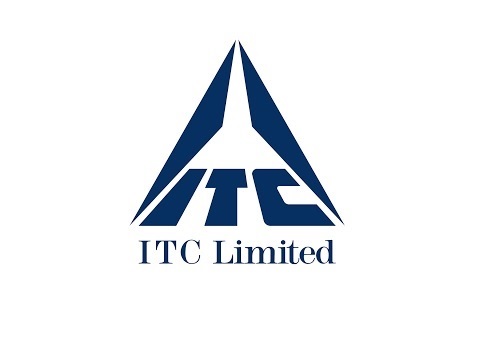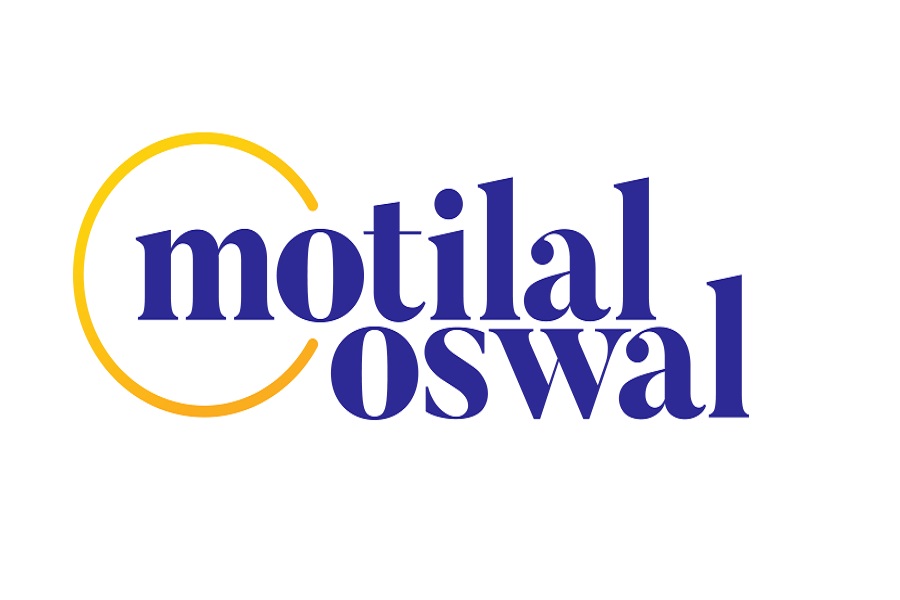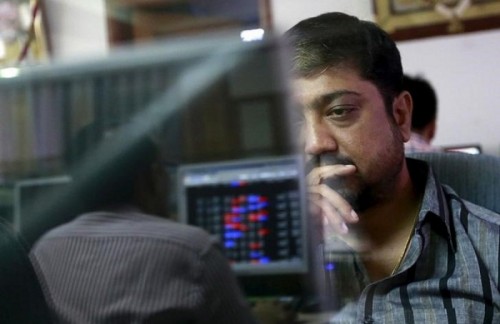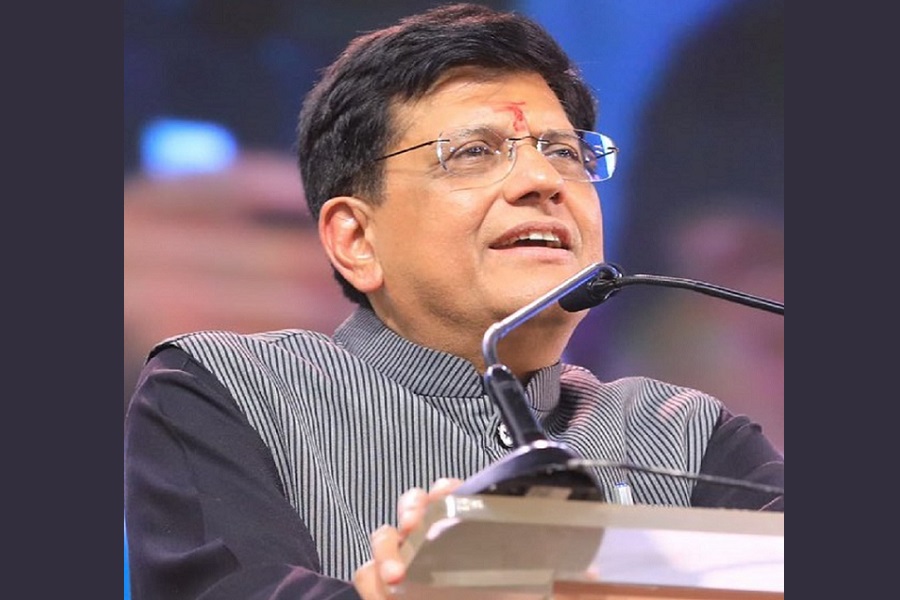Market Outlook 2025 by Motilal Oswal Wealth Management

The year 2025 could unfold as a tale of two halves. The first half may continue to see market consolidation, while a recovery could take place in the second half. Indian markets are likely to face significant influences from a combination of global and domestic economic events. The anticipated rate cut by the RBI in Feb’25, the ongoing trend of US rate cuts, and the expectations surrounding trade policy changes post Donald Trump taking over as US President in Jan’25 will contribute to market volatility. Additionally, the Union Budget in Feb’25 will offer important signals to the market. With a fragile global economic environment and mixed macroeconomic factors at home, the market is expected to remain in consolidation mode in the near term.
After a subdued earnings performance in the first half of FY25, earnings are expected to recover in H2, driven by increased rural spending, a buoyant wedding season, and pickup in government spending. We further expect earnings to gain momentum, delivering a 16% CAGR over FY25-27E. Moreover, the recent market correction and the moderation in valuations offer an opportunity to add selective bottom-up stock ideas. We remain optimistic about the long-term trend, given the strength of corporate India’s balance sheets and the prospects for robust, profitable growth.
Performance in 2024: A Resilient Year for Indian Markets
Domestic markets are ending calendar year 2024 on a positive note, with the Nifty registering a ~13% gain on a YTD basis – its 9th consecutive year of positive gains. The first half of the year saw robust corporate earnings, a surge in domestic flows, and a resilient macro landscape, driving the Nifty to an all-time high of 26,277 in September 2024. In fact, the markets navigated significant events, such several global geo-political issues, General Elections and Budget in India, and any dips were swiftly met with strong buying activity.
In the last 2 months, the market has corrected ~11% from its all-time high. This correction marked the third major decline since the COVID-19 pandemic in 2020, with unprecedented selling by Foreign Institutional Investors (FIIs) due to a combination of domestic and global factors. FIIs sold more than Rs 1.5 lakh crore in October and November— the highest-ever two-month selling in history. Earnings moderation and elevated valuations in mid-caps and small caps, along with a strengthening dollar index after Donald Trump’s election victory, led to FIIs shifting away from India.
Nonetheless, the BJP's decisive win in state elections (Maharashtra & Haryana) in late November renewed optimism in the market. Investors expect enhanced government spending, favorable policy changes, and the expedited completion of key infrastructure projects. This optimism was further fuelled by a 50bps CRR cut by the RBI, which is expected to boost liquidity in the system.
Current Market Outlook and Strategy
The latest correction in Indian markets has cooled off valuations in large-caps, even as mid- and small-caps continue to trade at premium to their historical averages. In the near term, we suggest investors to maintain an overweight position in large-cap stocks while selectively allocating to mid and small-cap stocks. Our sector preferences are as follows:
Overweight: IT, Healthcare, BFSI, Consumer Discretionary, Industrials, Real Estate, and niche themes like Capital Market, EMS, Digital e-comm, hotels.
Underweight: Metals, Energy, and Automobiles.
The BFSI sector is well-positioned to navigate the current uncertainties. The expected repo rate cuts in Q1CY25 should further enhance profitability. The Capital Markets theme remains constructive, driven by the rise in retail participation, surge in demat accounts, and the ongoing financialization and digitization of savings.
After two years of depressed technology spending, the US tech sector is likely to see a recovery under President Trump’s new regime, coupled with continued rate cuts. This trend should be beneficial for the Indian IT sector. Companies specializing in AI, automation, and cloud services are well-positioned to benefit from a revival in the global tech spending cycle.
The Consumer Discretionary sector stands to benefit from rapid shifts in consumer purchasing behavior, with a transition from unorganized/local to organized retail channels. Companies catering to this shift should perform well.
India is poised to lead the global digital infrastructure space, with e-retail penetration expected to hit 10% by 2027. Companies with strong next-generation technology capabilities are better positioned for future success. The government’s initiatives to promote component manufacturing and localization should provide a boost to fast-growing industrial segments, such as data centers, transmission, electronics, and EMS, driving increased order inflows for capital goods companies.
Top Picks:
ICICI Bank, HCL Tech, L&T, Zomato, NAM India, Mankind, Lemon Tree, Polycab, Macrotech Developers, Syrma SGS
Above views are of the author and not of the website kindly read disclaimer







.jpg)


Tag News

Post-Market Comment by Hardik Matalia, Derivative Analyst, Choice Broking



More News

Indian equities fell for the 9th day on global volatility, tariffs - ICICI Direct














